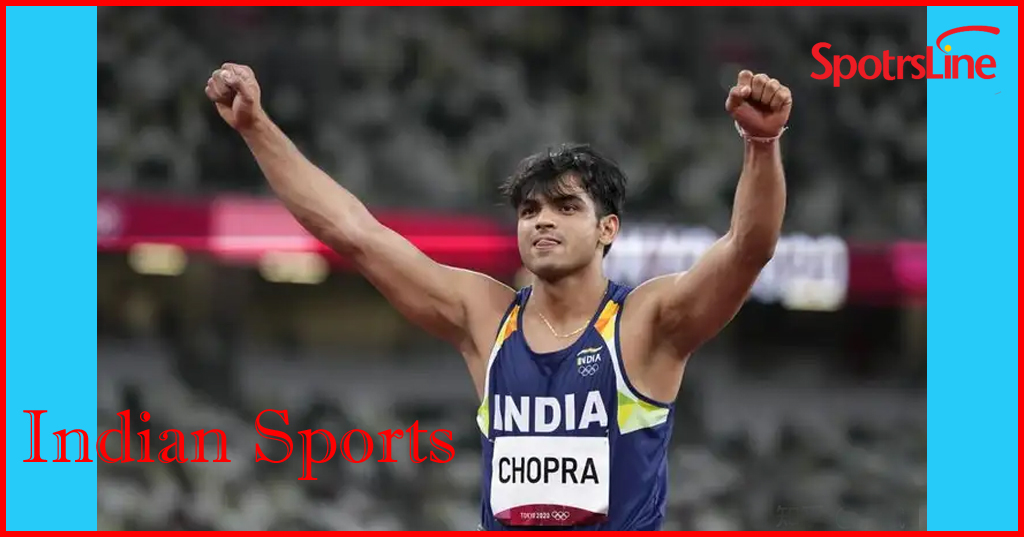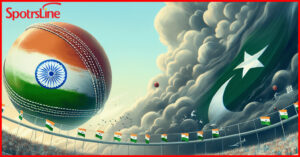
Why has Indian sports been lagging behind for many years?
India is the world’s second most populous country, and has experienced rapid economic development over the past long period of time, and is now one of the world’s top five economies. However, in the field of sports, India, as a major country, has never had a strong presence, and has won zero gold medals in many of the Olympic Games it has participated in.
According to statistics, India has won 10 gold medals, 8 silver medals and 15 bronze medals since its first participation in the Olympics. In the history of world sports, this medal performance is only seventh in Asia and outside the world’s top 50, which can be said to be unremarkable . In addition, 8 of the 10 gold medals came from hockey competitions.

Indian Hockey
Once upon a time, the Indian men’s hockey team was a perennial winner in the Olympics, contributing 8 gold medals to India. However, since the 1980s, Indian hockey has been on the decline until this year’s Tokyo Olympics, when the Indian men’s hockey team won a bronze medal, ending 41 years without an Olympic medal and regaining some of its glory.

Apart from the ancient gold medals won by Indian men’s hockey, India has only produced two individual Olympic champions. The first was Bindra, who won the 10m rifle at the 2008 Beijing Olympics, and the second was Chopra, who won the javelin at this year’s Tokyo Olympics.
Why is it that India, a country with a large population, has so few athletes and sports? This probably has to do with India’s culture and national conditions. Rather than saying that Indian sports cannot develop, it is because of various reasons that India itself is not very enthusiastic about and invested in developing sports. As a result, most Indians above the middle class are potbellied.
Fatalism
Rather than participating in sports, more Indians prefer to meditate, and sports are not popular in India. In India, where religious culture prevails, the fatalism of “my fate is determined by God, not by me” is extremely popular. Which makes most Indians not very interested in the Olympic spirit of “faster, higher, stronger”. They are proud of vegetarianism and hard work, and despise activities that consume physical energy. Therefore, among sports activities, cricket, which can be played all day long and has a slow pace and weak confrontation. It has become India’s national sport.
India is definitely at the bottom of the list among major countries in terms of sports. Expenditure and the level of incomplete sports talent training system. The entire country’s sports affairs are centrally managed by the Indian National Institute of Physical Education and Sports. The structure for selecting most sports talents from the grassroots to the national team has not yet been established.

Indian sports world
Therefore, the Indian sports world is also internationally renowned for its outrageous level of corruption. In 2012, the Indian Olympic Committee was temporarily expelled from the International Olympic Committee for this reason. Former Indian Olympic Committee President Kalmandi was found to have a huge amount of unexplained assets and was imprisoned and fell from power. The top officials of the Indian Sports Commission who were closely related to him were also investigated. The situation immediately exploded.
How can India become a sports powerhouse when the whole nation lacks enthusiasm for sports. Several tycoons are able to be corrupted even with a very small sports budget? There is one last point, which concerns the selection base of sports talents. That is the deep-rooted caste system in India.
In many developing countries, sports are often a way out for the poor. But this is not the case in India, where the possibility may be blocked at the beginning. This is because the poor are often low-caste citizens. And allowing low-caste athletes to become national faces and compete in the world is unacceptable to many old Indian nobles and forces.
Natural sports
Therefore, even if a low-caste Indian citizen is a natural sports genius. It is difficult for him to make a name for himself in the Indian sports environment. As a result, the selection of talents for Indian sports is actually very narrow. Looking back, most of the more famous Indian athletes are from high castes, especially those who come from individual events.
For example, Neeraj Chopra, who won the javelin gold medal for India at the Tokyo Olympics. Belongs to the Kshatriya caste in the Indian caste system . He is second only to the Brahmins in the sequence. In the ancient Indian caste system , he is positioned as a noble or official who holds power other than theocracy.


One thought on “Why has Indian sports been lagging behind for many years?”